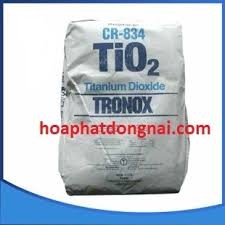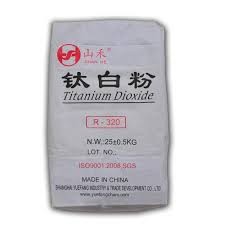Dioxide Titanium production line - China
Equipment supply and technology transfer
Challenges
Commercial titanium products are among the most complex commodities to produce. Titanium ore bodies are diverse and often found in remote locations, making them geographically and logistically challenging. And, the technologies required to process them are highly sophisticated, meticulously customized, and strictly protected.
Pigment and metal producers must overcome a wealth of technical challenges to extract high-purity titanium dioxide (TiO2) and Ti minerals from ores, separate them from refractory impurities, and achieve the right product chemistry, size, and morphology that today’s exacting applications demand.
But it does not end there. Once the technical challenges are met, the business considerations become paramount. Companies must be diligent about protecting their intellectual property to stay competitive. This makes the barrier to entry even higher for new producers.
There are additional challenges with high production costs, lower-quality ore and feedstock grades, greater global competition, and market consolidation. And, with greater emphasis now on stringent environmental standards, producers need better, more innovative ways to reduce emissions and enhance the value of by-products. All this while maximizing production to maintain the operational and financial performance needed to be successful in this market.
Ore body development and test work assistance
Our mineral experts to assist with drilling, sampling, and assaying programs. We perform resource and geotechnical assessments, integrating ore-body data with customized metallurgical test work to model the most suitable mining methods: open-pit, dredging, or dry mining. We will develop and deploy site rehabilitation, slimes, and water management programs that are socially responsible and sustainable.
Custom process development and plant design
We develop cost-effective, customized flowsheets that enhance the design of your plant across the Ti value chain. From titanium-ore beneficiation to TiO2-feedstocks upgrade and pigment production, we optimize processes based on sulfate, chloride, and alternative technologies. We bring innovative solutions to concentrators, smelters, leach plants, pigment and sponge operations, improving productivity and sustainability through by-product valorization, CO-gas utilization, energy efficiency, and waste management.
Top quartile technologies
The innovative RBM smelter and the UGS roasting-leach technology are two examples of industry benchmarks our experts have developed hand-in-hand with our clients’ teams to help operations achieve top quartile productivity and profitability. We are catalysts in transferring technology and best practices from adjacent industries into the Ti value chain. We will help develop a range of custom-designed solutions to improve performance.
Plant debottlenecking
Improved yields. Better running time. Lower operating costs. Our operational excellence and digitalization programs can help our clients improve efficiency and bottom-line profitability. Our professionals are experienced at optimizing operational logistics and digitalizing complex operations. We have a proven track record of successfully retrofitting new and different product grades in existing operating facilities. Working together with our clients, we can rationalize and optimize project and sustaining capital portfolios to better achieve business goals.
New products
Your processes are not like anyone else’s. Neither is the work we do for you. We use modern project development and execution methods adapted to your operation. You will be able to make high-value products better and faster, driving up your profitability in today’s competitive market.
Improved operational performance
Your plant has its own unique challenges. It may need capital investment and steady funding to remain viable and meet ongoing operational and maintenance requirements. Or, if your upgrade funding is already secure, you may need an experienced partner who knows how to get the most value and produce the best, long-term results for the money you’re spending.
We work with you, developing strategic operational-performance programs that translate into results at your bottom line. We find smarter, more efficient solutions for your operations. Then we follow up with support across the full business life cycle, from concept to closure; across the full value chain, from exploration to market. We constantly look for improvements to reduce operating costs, discover operational improvements, and lower waste generation to leave a smaller environmental footprint.
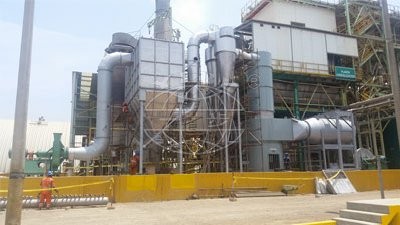
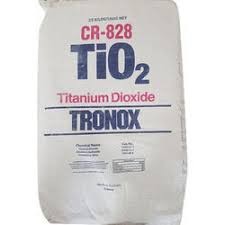
DESCRIPTION
Production methods
There are two types of methods to produce titanium dioxide production: the chlorine method and the sulfuric acid method. Two methods, each one has its advantages.parpared with the chlorine method, the sulfuric acid process is more mature, and technical difficulty is relatively small, for raw materials, it is easy to get It can process a wide range of products. Processes are long and large emission processes because the chlorine method, short process, low waste discharge, but technically difficult, nowadays it can only produce rutile products.
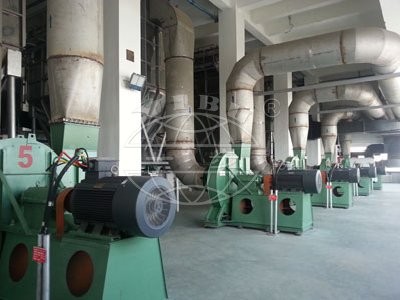
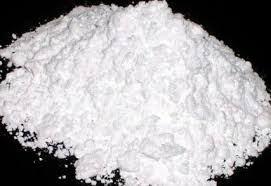
The world's natural rutile ore reserves are limited, if it makes it from raw materials, the pollution will be generated upstream. So, from the world development trend of titanium dioxide, chlorine can not replace the sulfuric acid method, two types of production methods will coexist for a long time.Therefore, in the choice of method of production It is defined as the sulfuric acid method.
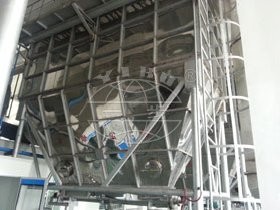
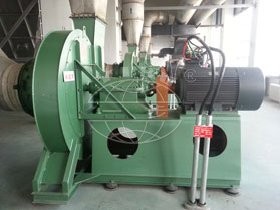
Choice for materials
There are two types of materials for the production of titanium dioxide sulphate: one is titanium rich material (such as titanium dioxide slag dissolved), the other is titanium inexpensive concentrated, two types of materials can meet The demand for the production of titanium dioxide products. TiO2 for foreign manufacturers will take the dissolved titanium ash slurry as raw material, while domestic producers are still with titanium concentrates as raw material due to the sulfate-titanium dioxide-soluble titanium dioxide process. Slag prices are relatively higher.
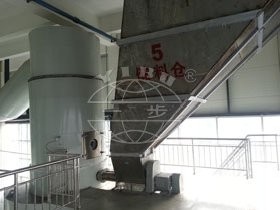
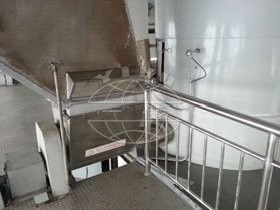
Flow process
Water treatment - Water treatment - Water treatment - Water treatment - Water filtration - Water treatment - Water treatment - Water treatment - - Disinfection and crystal processing - Compression before going to the kolin dryer - Trial front and rear winding - intermediate grinding and wet grinding --- chemical composition - surface treatment --- third water treatment --- rotary milling and dry air wrapping
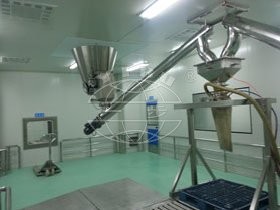
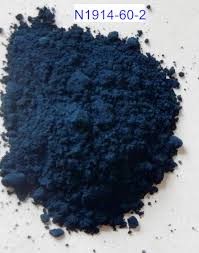
Friendly reminder
1. This type of factory is based on custom design. Not all features are offered with all designs. Actual configurations should be made in accordance with the signed contract or agreement.
2. Materials for machine production can be AISI304, 316L and so on. It depends on the requirements of the customer.
3.For heating methods, it can be steam, electricity, gas furnace and so on.
4. For control system, we can design simple button, and PLC + HMI is also available for customer, we can design control system as required.
